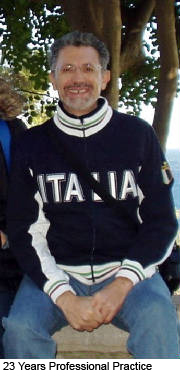While massage therapy has long been recognized as beneficial to your health, you may not be receiving the specific type of therapy that will best address your needs. For example, the more commonly known basic massage therapies target your muscles, and seek to alleviate soreness or stiffness. However, Rolfing™ deep tissue body work targets your fascial system and addresses your body’s alignment as a whole. When comparing Rolfing versus massage therapy, you need to have the facts to discern which of these options is right for you.

How is Rolfing Different from Standard Massage?
Traditional massage manipulates your muscles, while Rolfing seeks to release connective tissue (also known as your fascia) that has become thickened and fibrous. Rolfing unfolds over multiple sessions, each with a purpose, so that your body is brought back into alignment by correcting fascial problems. Rolfing massage benefits include increased vitality, restored function to damaged tissues, improved posture, increased flexibility and range of motion, and decreased risk from future injuries. Though Rolfing is also commonly utilized by athletes to boost performance, many differences still exist between sports massage versus Rolfing.
Those new to the concept often ask, “Is Rolfing massage painful?” When properly administered, Rolfing is not painful, and is often a go-to option for reducing chronic pain. Because Rolfing focuses on holistic health, it often leaves clients feeling an increased sense of overall wellness.
Who Administers Rolfing?
A Certified Advanced Rolfer™ is an extensively trained practitioner who has received both the education and clinical experience that meets or exceeds the industry standard. Without this certification, he or she may not be qualified to provide safe, proper Rolfing sessions. In the greater Los Angeles area, Bob Alonzi is recognized as a top Rolfing practitioner, and with 28 years of experience, he has helped hundreds of clients achieve their wellness goals. He even serves as a member of the Ethics Committee at the Rolf Institute, striving to maintain the highest level of professional integrity.
If you are interested in the potential of Rolfing as an alternative to massage therapy, contact Bob Alonzi’s practice for a consultation.
